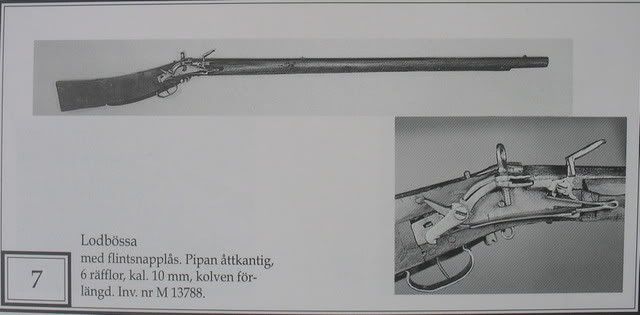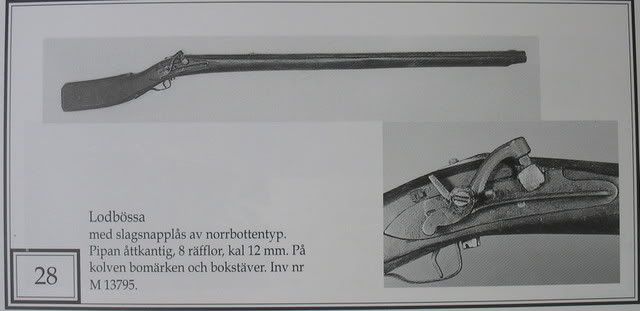Guest
Here are a few pics of my new toy a 17th century
Scottish fusil



Scottish fusil








Very attractive this Scottish fusil!!chasseur said:


horizontally acting sears like a snaphaunce, miquelet, english lock, or german snaplock.
Enter your email address to join: